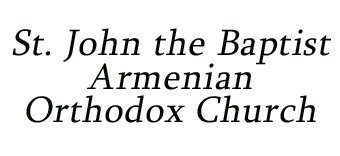French-Armenian actor and musician Grégoire Aslan was a versatile presence in film and TV sets, as well as on the stage.
He was born Krikor Aslanian to an Armenian family in Constantinople on March 28, 1908. They moved to Paris, and he made his professional debut at the age of eighteen as a vocalist, trumpeter and drummer with the dance band of Ray Ventura et ses Collegiens. He then launched an acting career under the name of Coco Aslan and also performed with guitarist Django Reinhardt.
He appeared in more than 110 films and TV roles between 1935 and 1979. His first film appearance, uncredited, was in Marc Didier’s Le Billet de mille (1935). His first credited appearance happened in Feux de joie (1939). During World War II he toured South America with actor Louis Jouvet and eventually started his own theatre troupe. He became a ubiquitous presence in many British and American films, mostly in the role of foreigner – Russian, Frenchman, Italian, German, Albanian, and Middle Easterner – with equal expertise.
